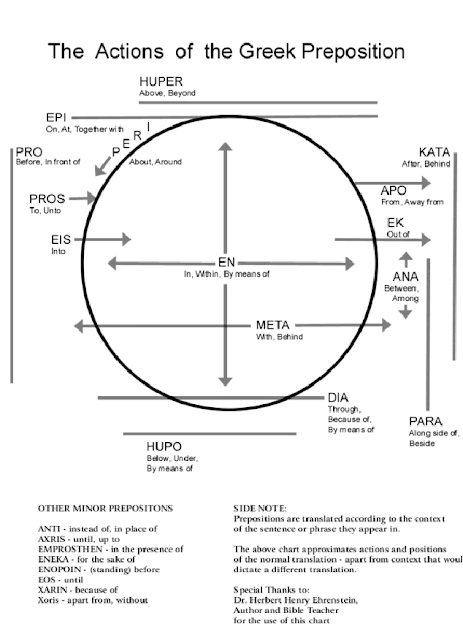Version 1.1
Adjectives proved to be another thorny field, partially due to trying to standardize the byzantine English suffix system!
Ideally, a word in a constructed language (conlang) should be capable of acting as a noun, verb, adjective or adverb without modification. This occurs with some English words. “Green” is an adjective but if I put a determiner before it it can be used as a noun for something that is green, such as a snooker ball. If I write “the green book” then “green” is once more being an adjective, even though it directly follows a determiner. When I say “it was green painted” I am using “green” as an adverb. Perscriptionists may argue that the “correct” form is “greenly” but the meaning is clear and free of ambiguity, which should be the test of any language.
Some conlangs mark adjectives and/or adverbs with a distinctive ending but these often fail to distinguish between distinct sub-types of modifier. Such conventions often slow the learner down while they have to consider the category of a word rather than its meaning.
In practice a root word used as a modifier may have several forms. Consider “green”, “greenish”, “greenoid”, “greening”, “greenicize”,“greenescent” . Some of these are not in the dictionary but to a native English speaker each has a different but clear meaning.
In English word order is typically used to distinguish adjectives. Generally the adjective is placed before the noun it modifies and after the noun’s determiner, if stated. A noun may have multiple adjectives and the meaning can often become confused. “Two more ugly girls” could mean “two addition girls that are ugly” or could be poor English for “two girls that are more ugly/uglier”.
According to Wikipedia, Chinese adjectives should be combined in a specific order, this being quality/size, shape, colour. This may be a good concept to modify for Diinlang.
In many languages adjectives are placed after the noun rather than before it. Thus the phrase rather resembles how a British army quartermaster lists items “boots, size 8, black”. A good argument can be made that placing the noun before the adjectives is considerably more logical and clearer. I begin to look for a book before I consider that it is green. Better to alert someone first that the subject is “cars” before stating the make.
Ideally in Diinlang a noun could be placed either before or after a noun and the meaning still be clear. Whether that is practical remains to be seen. If an “adjective after” convention is used for Diinlang this would probably only apply to certain classes of adjective. It seems logical to place numbers and related quantity words before the noun. This would be a simple way to distinguish between cardinal and ordinal numbers. For example “one room” is distinct from “room one”. The words for “good” (“bon”) and “bad”(“mal”) may also be more logical before the noun, as is practiced in some “noun first” languages such as Portuguese.
Words such as mik/ mid/ big are clearly quality/size adjectives. I had been using as augmentive and diminutive suffixes but this will not work if such adjectives are placed after the noun or can appear before or after the noun. This needs to be addressed.
